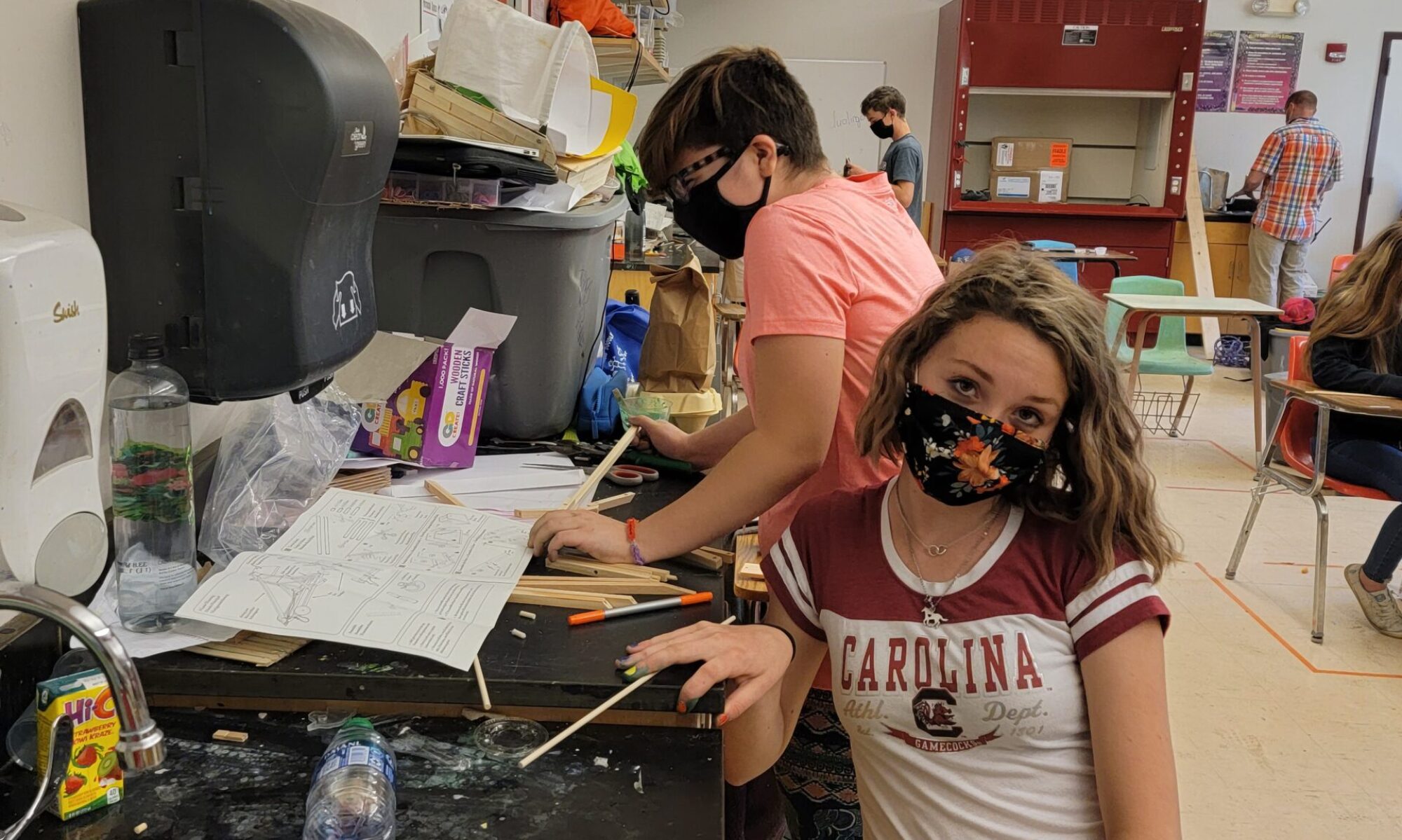Why get started?
I can’t deny it – I’m a big fan of robotics in education.
When I was still teaching, I helped start a robotics team at my high school, which participated in regional and national competitions. The student learning and engagement that took place in this extra curricular activity was absolutely amazing – plus it was a lot of fun.
This past summer at the Tarrant Institute’s Code Camp we had a strand that focused on robotics and making/tinkering concepts. These campers had a blast, and reminded me of how valuable robotics as a teaching tool can be.
And since there are a number of upcoming robotics programs and competitions here in Vermont, I thought I would take some time today to talk about it.
Why robotics?
It seems almost cliché these days to talk about the importance of the STEM (science, technology, engineering, and mathematics) subject areas. By building skills in these areas, we help our students participate in 21st century industry and society.
However, traditional teaching methods and activities in these subjects can fail to reach all learners.
Bringing in robotics not only helps “hook” students, but also allows them to experience the integration and application of concepts. Robotics programs teach problem solving, critical thinking, and teamwork.
Students use the engineering process and scientific method while playing in a hands-on/minds-on way. They activate their creativity as they invent, troubleshoot, and work around problems. The nature of these projects helps students built both inter- and intrapersonal skills. And since students are learning by doing, abstract concepts become personalized and concrete.
Robotics and the NGSS
Thinking back to a post earlier this summer, it might be useful to cross-reference robotics with the Next Generation Science Standards. Here are the Middle School and High School Engineering, Technology, and Application standards. Seems to be pretty directly aligned, especially considering that FIRST strives to infuse real-world issues into their competition scenarios. Also check out the “Science and Engineering Practices” under the other physical science standards – I would argue that there is a decent amount of overlap there as well.
Constructionism?
Writers have described the learning behind robotics as a special type of applied constructivism called constructionism. Constructivism poses that learners actively construct knowledge and meaning through the interaction of their ideas and experiences. They create mental models that help them understand their world. Constructionism starts with this learning theory and argues that learning happens most effectively when learners also make actual objects in the real world. This is what is happens when using robotics. Instead of learning about these concepts, they are learning concepts with robots. For more about constructionism and robotics, you can check out this article.

Robotics in Vermont
So, there’s benefits, there’s some theory, but let’s cut to the chase: robotics in Vermont, and how to get involved.
Competitive robotics
Last year, UVM started hosting a regional FIRST Tech Challenge (FTC) here on campus. The FIRST organization creates robotics competitions at many different levels, from robots built with Lego Mindstorm technology all the way to complete fabrication from raw materials. The FTC is for teams of students grades 7-12, and uses Tetrix technology.
If you have students that may be more interested in the First Lego League (FLL), the regional competition is hosted in New Hampshire (more information here). Perhaps a little less competitive, and certainly aligned with local themes, the Champlain Maker Faire hosts the Champbot Challenge, where your team creates a robotic lake monster to complete obstacles. There’s also a “mini” version of the challenge.
Getting started with robotics
Robotics is a growing field in education, and here in Vermont it is starting to gain a number of footholds. The benefits to students are numerous and real.
At the beginning of the school year, consider how you might be able to bring robotics into your classroom. And ask your students! Speaking from experience, the easiest way to start a program is if you have a group of excited and interested individuals. And if you are involved in robotics in Vermont, leave us a comment and tell us all about it.
Finally, a bunch of resources and links:
- Course materials for middle-grades robotics collected by USC
- Lesson Plans from NASA
- Curriculum from Carnegie Mellon
- High School Robotics at the White House
- Videos from last year’s FIRST competition at UVM
- News coverage from last year’s FIRST competition at UVM
- Participating teams from last year’s FIRST competition at UVM
- Essex High School Robotics Club



Learning with Robots http://t.co/Yq5FjHOdmz
Learning with Robots http://t.co/CdjWgQ5VUY via @innovativeEd
Learning with Robots http://t.co/rvKKlV5MBJ via @innovativeEd
RT @misleadamarko: Learning with Robots http://t.co/rvKKlV5MBJ via @innovativeEd
Learning with Robots http://t.co/zvt9J9R0hA #robotics http://t.co/aYqRJSTUso
Learning with robots: http://t.co/CRcdlSh5gL Great future-forward blog on STEM skills learning #DevLearn #LRN2014
For the Monday crowd: @misleadamarko has all the info on robotics competitions in #VT http://t.co/CcqCLYPNXh